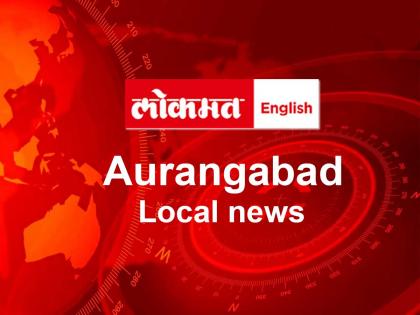New govt should tackle ‘berozgari’ on priority
By Lokmat English Desk | Updated: June 7, 2024 22:30 IST2024-06-07T22:30:02+5:302024-06-07T22:30:02+5:30
As India stands poised on the brink of a new political chapter, the incoming government must confront several pressing ...

New govt should tackle ‘berozgari’ on priority
As India stands poised on the brink of a new political chapter, the incoming government must confront several pressing issues head-on. Among these, the rising unemployment among educated youth demands urgent attention to ensure sustainable economic growth and social stability.
Unemployment or 'berozgari' was a prominent issue during the election campaign, reflecting its critical importance. India’s young workforce is often hailed as a demographic dividend, a potential powerhouse for economic growth, innovation and productivity. However, this potential remains largely untapped. The economy struggles to generate sufficient high-quality employment opportunities for the rapidly growing number of highly educated youth. Consequently, many graduates find themselves in low-paying, unstable jobs, far removed from the secure, high-paying white-collar positions they aspire to.
Recent reports underscore the severity of the situation. Approximately 38 per cent of students from India's 23 IITs remain unemployed. This year alone, 7,000 students from these prestigious institutions did not secure placements through campus recruitment drives, a stark increase from 3,400 just two years back.
This issue is not confined to IIT graduates. The 2024 India Employment Report indicates that 83 per cent of India's unemployed workforce comprises youth. The proportion of young people with secondary or higher education among the unemployed has surged dramatically, from 35.2 per cent in 2000 to 65.7 per cent in 2022.
The situation is particularly dire for educated youth from economically disadvantaged backgrounds. The report highlights that the unemployment rate among youth with secondary or higher secondary education in the lowest monthly per capita expenditure quintile is 29.4 per cent, compared to 25.8 per cent in the highest quintile. This disparity underscores the compounded challenges faced by poorer youth, who often lack access to quality education, resources and social capital.
Despite progress in educational attainment, the quality of education remains a significant concern. Dropout rates are high, especially in poorer states and among marginalised groups. Learning levels have declined at the school level, and the overall quality of higher education is subpar. This has contributed to the widening gap between qualifications, aspirations and job availability, fuelling discontent among the youth.
The widening gap between educational attainment and job availability poses a severe threat to India's socio-economic fabric. Educated but unemployed youth are increasingly disillusioned, leading to social unrest and potentially higher crime rates. Additionally, the underutilisation of a highly educated workforce results in significant economic losses. The nation is unable to leverage its demographic dividend, thus missing out on opportunities for innovation and productivity gains.
To address these challenges, the new government must prioritise creating quality employment opportunities, improving the quality of education and addressing socio-economic disparities that exacerbate youth unemployment.
For this, the government has to look for job creation initiatives and for that it should encourage investment in sectors with high employment potential such as technology, manufacturing and services. The government should also encourage entrepreneurship and support small and medium enterprises (SMEs) through favourable policies and access to capital.
Addressing socio-economic disparities should be another key component of the government’s plan. Targetted programmes should be developed to support marginalised groups, ensuring they have access to quality education and job opportunities. Initiatives include providing scholarships, mentorship and job placement services for scheduled castes (SC), scheduled tribes (ST) and economically disadvantaged youth, thereby helping to bridge socio-economic gaps.
The government should also promote public-private partnerships to foster collaborations between educational institutions and the private sector. These partnerships aim to create more internship and apprenticeship opportunities, bridging the gap between theoretical knowledge and practical skills required in the job market. This approach is expected to enhance employability for graduates and provide them with valuable hands-on experience.
In addition, a series of labour market reforms should be implemented to simplify the processes for businesses to hire, train and retain employees.
By addressing these critical areas, the new government can harness the full potential of India’s youth, ensuring a prosperous and stable future for the nation.
The author is a senior journalist. Views expressed are personal.
Open in app